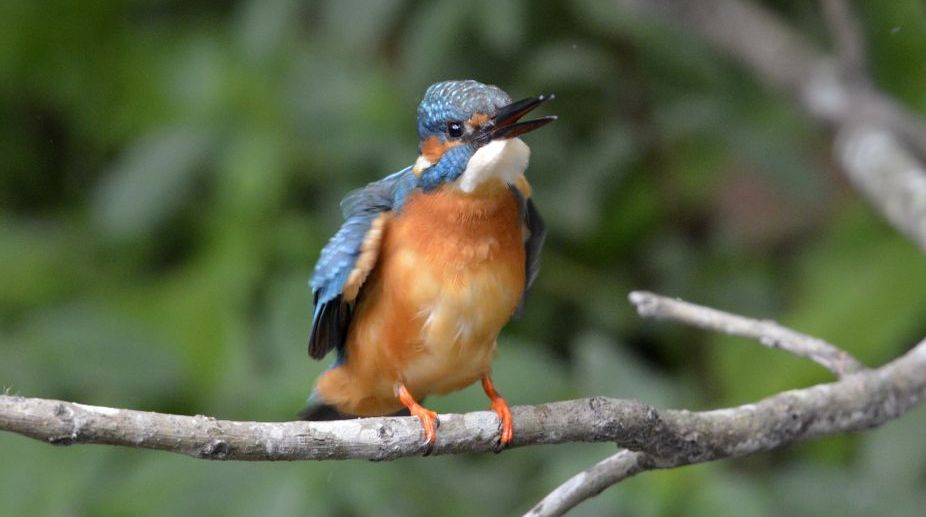New measure of sperm age may predict pregnancy success
For the study, published in the journal Human Reproduction, the team involved 379 male partners of couples who discontinued the use of contraception to become pregnant.

(Photo: Getty Images)
The size and swimming speed of sperm are controlled by a single supergene in birds, according to a study that may pave the way for new therapies to treat human infertility.
Sperm competition is an important selective force in many organisms but the relationship between sperm shape, its ability to move and successful fertilisation is only partly understood.
Previous studies have shown that sperm shape and speed are inherited; fathers with long, fast sperm have sons with long, fast sperm.
Advertisement
However, it was not known which genes were responsible for sperm characteristics being passed from one generation to the next.
In a new study, published in the journal Nature Ecology and Evolution, researchers at the University of Sheffield in the UK have used zebra finches as a model system to unravel the genetics of sperm.
The new research shows that the shape, size and swimming speed of sperm is due to something called a supergene.
A supergene is a number of genes that are next to each other on a chromosome and inherited together as one unit.
The idea that supergenes were important was first proposed in the 1930s, but evidence for them was lacking until recently.
“Like humans, birds have sex chromosomes; males have two Z chromosomes and females have a Z and a W,” said Jon Slate, at the University of Sheffield.
“The zebra finch supergene that affects sperm is on the Z chromosome and has arisen because parts of the Z chromosome have been flipped around,” said Slate.
“Three different orientations of the Z chromosome (named A, B and C) now exist and they have been evolving independently of one another for thousands, possibly millions, of years,” he said.
“Since males have two copies of the Z chromosome, they can either have two identical (eg AA) or two different (eg AB) copies of the supergene,” said Slate.
“The males with two different versions of the supergene have the best sperm with long midpieces, long tails, fast swimming speed, and a higher fertilisation success in sperm competition experiments. Geneticists call this phenomenon heterozygote advantage,” he said.
Scientists believe that a better understanding of how the shape of sperm and size influences fertilisation success in non-human animals such as the zebra finch may point us in new directions for investigation in human fertility research.
Advertisement